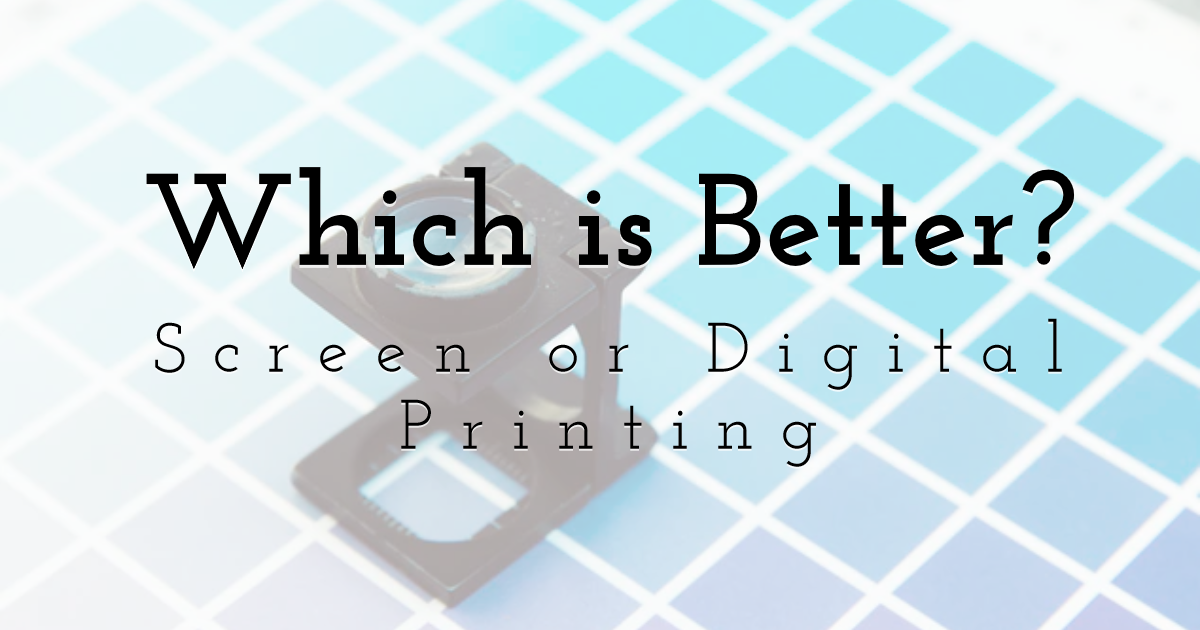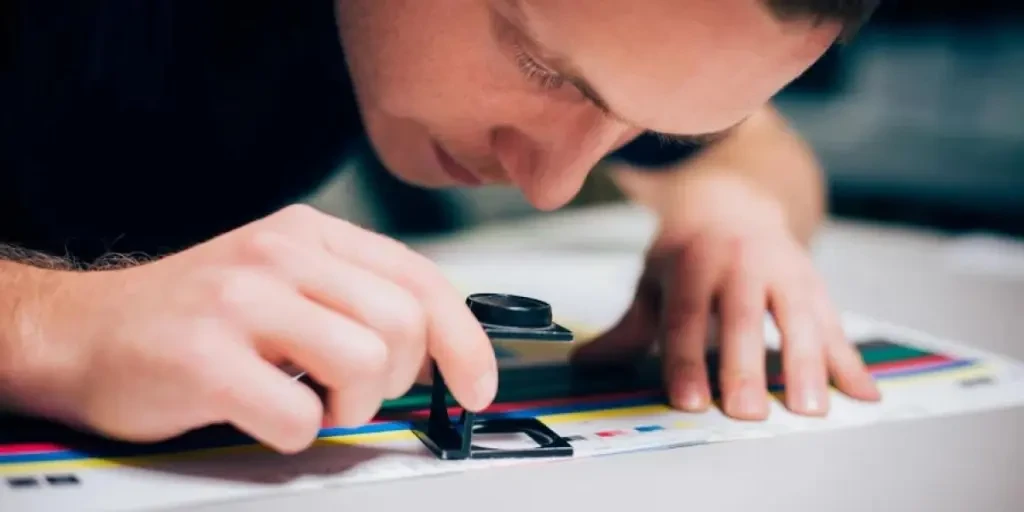Not known Details About Tx Tees
Not known Details About Tx Tees
Blog Article
Tx Tees Can Be Fun For Everyone
Table of ContentsThe Definitive Guide to Tx TeesThe Definitive Guide for Tx TeesTx Tees Can Be Fun For EveryoneThe Of Tx TeesThe Of Tx TeesTx Tees Can Be Fun For EveryoneThe 4-Minute Rule for Tx Tees
Add up various other expenses, like the number of utilities it takes to run the shop and the cost of ink and solution per style. Take the print listed below.The solution needs to only be a few cents considering that you 'd just need to coat one display for this task. Exactly how much should you charge per tee shirt to make a revenue? Typically, printers attempt to make up to 45% earnings on a print job. Here's a table to aid you identify that: overall price per product percent of desired profit as a decimal (example:.25 or.45) revenue made per item per task Currently allowed's discuss the profitability of DTF.

With DTF, you can print a handful of tee shirts, or just one. Both screen printing and DTF have their particular niches in the world.
Getting The Tx Tees To Work
The very best way to understand? Ask about and see what printing shop like your own are doing. embroidery shop. Attempt both out and see which you like better
When you're choosing what kind of printing method to use for printing your art work designs on your garments, it is essential that you understand the distinctions in between these two strategies so you can take full advantage of outcomes while decreasing expenses. Screen printing is one of the most generally used strategy for printing styles on fabrics.
DTG printing is additionally referred to as place or straight to garment printing because it publishes just what is required as opposed to making a display as display printers do. https://tuongs-ziancy-praurst.yolasite.com/. Screen printing functions by screen filler squeegee display printing ink display mesh display, then moving the image to garment utilizing warmth and/or stress
The DTG printer uses unique dye-sublimation inks that are applied right into a pre-designed picture by an electronic printing system. The inks become component of the fabric, permitting for dynamic shades and outstanding detail. It's additionally known as place or straight to garment printing since it publishes only what is required instead of making a display as screen printers do.
Our Tx Tees Diaries
First, it's much quicker - you can publish a fullcolor picture in mins, in contrast to hours for screen printing. Second, there's no established up time or expenses entailed - you can publish any design you like, without having to develop a screen. Third, there's no waste - since screen printers screen print one style at a time, they have to screen each color independently.
The paper is very expensive and can only be used once. Once it's printed on, it needs to be disposed of. - The preliminary acquisition price is lower than the in advance investment of DTG printers- You can print multi-color designs one screen each time as opposed to having to print each color separately like DTG printing.

Not known Facts About Tx Tees
Nonetheless, instead of making use of screen mesh as screen printers do, dye sublimation printers use laser modern technology to transfer your pictures onto garments or paper. A warmth procedure transfers the dye from its solid-state directly right into the gas stage which in turn merges it onto textile substrates when they are quickly warmed to heats under high pressure.
Sublimation printing is eco-friendly. It makes use of less water than screenprinting, and since it does not entail using unsafe solvents, it's safe for all kinds of clothing. The dye sublimation inks are likewise unsmelling when cured, unlike screen printers that use unsafe chemicals during the screen printing process that leave behind an unpleasant odor.
They also save cash on costly tools like exposure units given that dye sublimation printers do not call for a UV exposure device or a flash treatment oven that is normally made use of in display printing (custom monograming). What is direct to garment printing (DTG Printing)? DTG printing is an electronic screenprinting process that prints directly onto textile using specialized inkjet printers
7 Easy Facts About Tx Tees Described
DTG printing provides many advantages over standard screenprinting, including the capacity to print photo quality pictures, higher color vibrancy, and the capacity to print layouts on darker textiles. DTG printers function by heating the fabric ink until it transforms into a gas. The gas then penetrates the material, bonding with the fibers to develop a long-term print.

Screen printers just prepare their screen then start printing until they lack item or ink.- There is a vast array of experienced screen printers throughout the globe, which can be useful for novices. - It's a slower process - screen printers often need to await the ink to completely dry prior to they can print the next shade- Display printers need hands-on labor, so there's a higher knowing curve and it takes longer to generate a high-quality layout- Screen printing isn't as exact as DTG printing, so you might get some "bleeding" of shades from one component of the picture onto another otherwise done effectively.
Tx Tees Can Be Fun For Anyone
Nevertheless, rather of using screen mesh as display printers do, dye sublimation printers make use of laser technology to move your images onto garments or paper. A warmth process transfers the dye from its solid-state directly into the gas stage which in turn fuses it onto material substrates when they are quickly warmed to high temperatures under high stress.
Sublimation printing is environmentally friendly. It makes use of less water than screenprinting, and due to the fact that it doesn't include the usage of hazardous solvents, it's risk-free for all kinds of clothing. The color sublimation inks are additionally odorless when cured, unlike display printers that make use of damaging chemicals throughout the display printing procedure that leave an undesirable smell.
They also save cash on pricey equipment like exposure systems since dye sublimation printers do not call for a UV direct exposure unit or a flash cure stove that is usually made use of in display printing. What is straight to garment printing (DTG Printing)? DTG printing is an electronic screenprinting process that prints straight onto material making use of specialized inkjet printers.
Indicators on Tx Tees You Should Know
DTG printing supplies many benefits over conventional screenprinting, consisting of the ability to print photographic quality photos, higher color vibrancy, and the ability to publish designs on darker fabrics. DTG printers work by warming the fabric ink up until it transforms into a gas. The gas then penetrates the check out this site material, bonding with the fibers to produce a permanent print.
Report this page